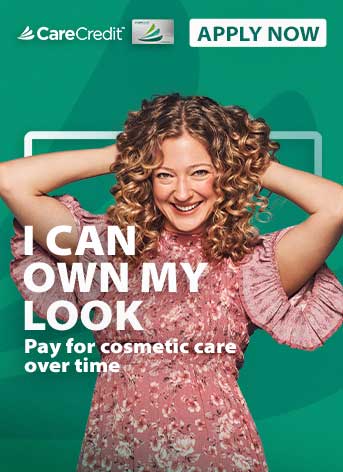Thanks to celebrity lip-spiration and the pull to maintain a plump, youthful pout, lip fillers continue to be a popular method for adding volume and shape to the lips. According to the most recent statistics from the American Society of Plastic Surgeons, soft tissue fillers like those used in the lips rank as the second most popular minimally invasive cosmetic procedure.1
Those interested in lip fillers have a big decision to make: which lip filler material to choose. From collagen to hyaluronic acid, polylactic acid to fat transfer, each lip filler material has its own features, duration and price tag. Talk with a healthcare professional to help you decide which option may be best for you and read below for an overview of some of the most popular options.
1. Hyaluronic Acid Lip Fillers
One of the most common lip fillers, hyaluronic acid is a naturally-occurring substance found in our soft connective tissue, joints and skin. Hyaluronic acid attracts water to itself, adding plumpness and hydration when used as a lip filler and can also be used around the lips to plump smile lines and minimize “smoker lines" around the mouth. 5
- Brands: Restylane Silk, Restylane, Juvederm Ultra, and Belotero
- Duration: about 6 months 3
- Price: $684 per syringe 4
2. Collagen + PMMA Lip Fillers
Although collagen is a naturally-occurring protein in our bones, tendons, cartilage and skin, as we age our body stops producing it. Collagen lip fillers can help to plump lips by injecting bovine collagen under the skin of the lips.
Read Related: How to Help Restore Collagen in Your Face Naturally
Although not FDA-approved for lip augmentation, collagen-based fillers like Bellafill combine collagen with polymethyl methacrylate (PMMA) microspheres that can be used off-label with results lasting up to five years.7
- Brands: Bellafill
- Duration: about 5 years 7
- Price: $1,058 per syringe 4
3. Calcium Hydroxylapatite Lip Fillers
Calcium-based lip fillers like Radiesse use a derived version of calcium hydroxylapatite, a naturally-occuring substance found in bones. Once injected, calcium hydroxylapatite produces immediate plumping as well as helps to stimulate the body's natural collagen production over time.
Calcium hydroxylapatite is not FDA-approved in the lips, but some providers may offer it off-label. Unlike hyaluronic acid or collagen filler though, calcium hydroxylapatite cannot be dissolved if you aren't happy with the results.8
- Brands: Radiesse
- Duration: about 12 months 9
- Price: $717 per syringe 4
4. Poly-l-lactic Acid Filler
A poly-l-lactic acid is a non-toxic, biodegradable synthetic dermal filler that plumps tissue by stimulating the body to produce and rebuild collagen in the area. As an injectable, poly-l-lactic acid fillers like Sculptra are usually injected around the mouth to soften fine lines and plump the skin surrounding the lips.10
Poly-l-lactic acid is also used in lip threading, a temporary cosmetic procedure to insert tiny, dissolvable barbed sutures into the lips that trigger the body's own production of collagen over time.11
- Brands: Sculptra
- Duration: about 2 years 10
- Price: $853 per syringe 4
5. Fat Transfer Lip Filler
If you don't want to use a synthetic material to plump your lips, then fat transfer may be worth considering. For this lip plumping technique, you'll undergo liposuction to remove fat, usually from your abdomen. Then the fat is purified and injected into the lips.12
- Duration: about 5 years 12
- Price: $2,508 4
CareCredit Financing for Lip Fillers
When getting lip fillers or another cosmetic procedure, the CareCredit credit card can help you pay for costs not covered by insurance.* Apply today and use our Acceptance Locator to find a doctor or cosmetic specialist near you that accepts CareCredit. Continue your wellness journey by downloading the CareCredit Mobile App to manage your CareCredit account, find a provider on the go, and easily access the Well U hub for more great articles, podcasts, and videos.
Author Bio
Kate Bayless is a health and wellness freelance writer with 15 years of experience. Her work has appeared in Parents, Women's Health, Beachbody, and OpenFit.








